Which Way North - Top 10
Which Way North was a museum-wide exhibition that ran from Friday 22 June - Sunday 9 September 2018.

Helen Sharman's Space Suit
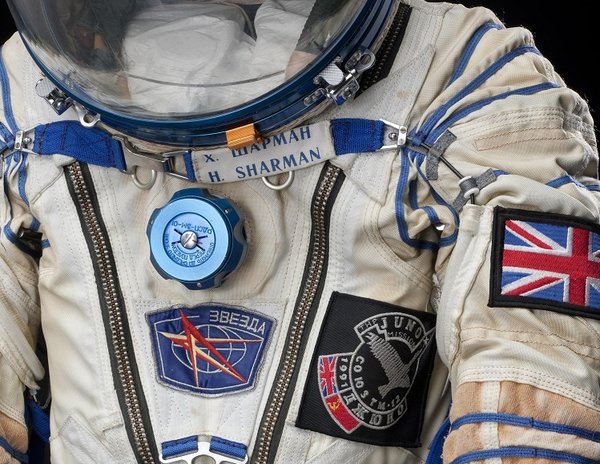
Dr Helen Sharman (1963- ), chemist and astronaut, born Sheffield, studied University of Sheffield
Helen Sharman was the first British astronaut and the first woman to visit the Mir space station in 1991. She was working as a food technologist in 1989 when she heard an advert on her car radio: "Astronaut wanted. No experience necessary."
She was selected from over 13,000 applicants and spent 18 months training in 'Star City', Moscow, Russia before being launched on 18 May 1991. She spent eight days in space during which time she undertook scientific experiments related to medicine and growing plants.
Image: Helen Sharman’s Zvezda SOKOL space suit (detail) © Science Museum Group
Loaned by the Science Museum Group
The Eleventh Doctor's Sonic Screwdriver
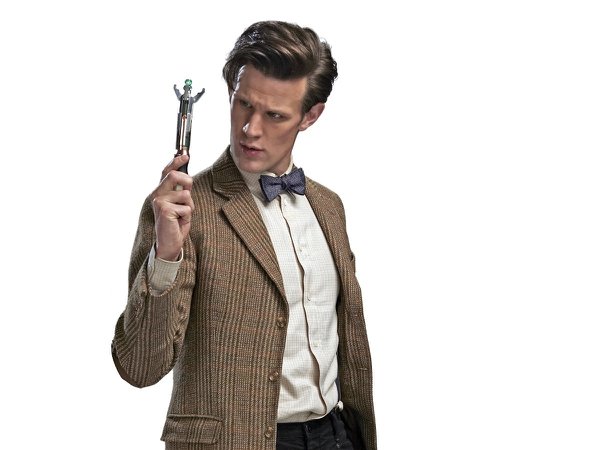
Dan Walker (1971- ) industrial designer, concept artist, studied Teesside University, Middlesbrough
This iconic prop was imagined by Walker who has designed extensively for television, film, gaming and industry including Star Wars, Marvel, Star Trek and the Ford Motor Company.
When the TARDIS rebuilt itself during "The Eleventh Hour", it provided the newly regenerated Eleventh Doctor (played by Matt Smith) with a Sonic Screwdriver to replace one destroyed during his encounter with Prisoner Zero and the Atraxi. It remained the Doctor’s constant aide until it was damaged beyond repair during a battle between the Twelfth Doctor (played by Peter Capaldi), Davros and the Daleks in "The Magician’s Apprentice/The Witch’s Familiar".
Image: Matt Smith as Doctor Who. Sonic Screwdriver designed by Dan Walker © BBC Studios
Loaned by BBC Studios
Damien Hirst - Heaven
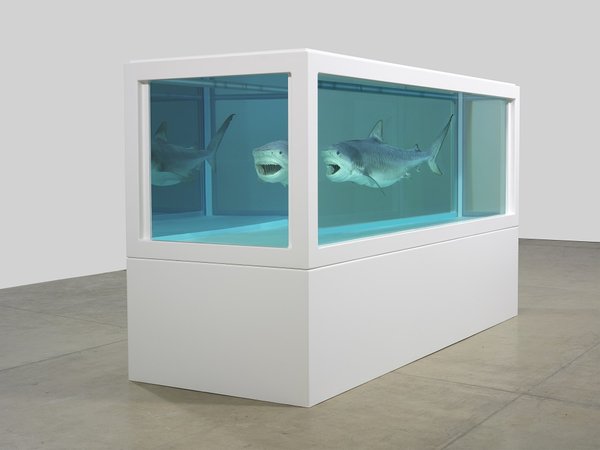
Damien Hirst (1965- ) artist, grew up in Leeds, studied Jacob Kramer School of Art (now Leeds Arts University)
'Heaven' is a tiger shark suspended in formaldehyde solution that looks like a natural history museum specimen. Part of his Natural History series, Hirst uses animals to make art that is real, stating that he wanted a shark big enough to eat you and "real enough to frighten you". Hirst references Francis Bacon’s space-frames as inspiration for the steel-framed vitrines.
Image: Damien Hirst, Heaven, 2008-2009. Glass, painted stainless steel, stainless steel, silicone, monofilament, shark and formaldehyde solution. 84.3 x 151 x 55.8in (2140 x 3826 x 1418mm) (with plinth). Photographed by Prudence Cuming Associates. © Damien Hirst and Science Ltd. All rights reserved, DACS 2018
Loaned by Damien Hirst and Science Ltd
John Lennon's Record Plant Piano
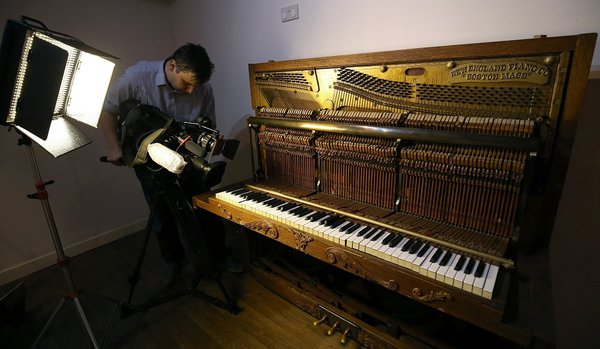
John Lennon (1940-1980), singer, songwriter, activist, born Liverpool
On 8 December 1980, John Lennon played this piano at the Record Plant Recording Studio in New York, USA, whilst working on the track 'Walking On Thin Ice'. That same night, whilst carrying the final cut of the song, he was murdered in front of his New York apartment. The piano was a favourite of his and he played it whilst working on many of his solo albums, including Imagine.
Image: John Lennon's Record Plant piano © The Beatles Story, Liverpool
Loaned by The Beatles Story
David Hockney - Le Parc des Sources, Vichy
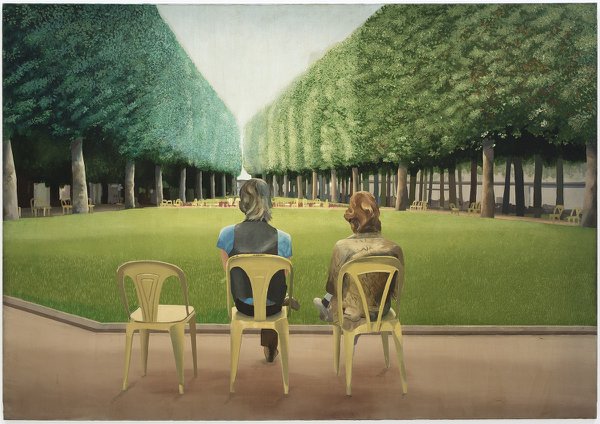
David Hockney RA (1937- ), artist, born Bradford, studied Bradford College
David Hockney is considered one of the most influential artists of the 20th century and an important contributor to the pop art movement of the 1960s. This large-scale painting is one of many that show Hockney's thematic interest in chairs. The missing subject of the chair on the left is likely the artist himself.
Image: David Hockney. "Le Parc des Sources, Vichy" 1970. Acrylic on canvas. 84 x 120" © David Hockney. Photo Credit: Fabrice Gibert.
Loaned by The Devonshire Collection / Chatsworth House Trust
John Harrison's H4 timekeeper
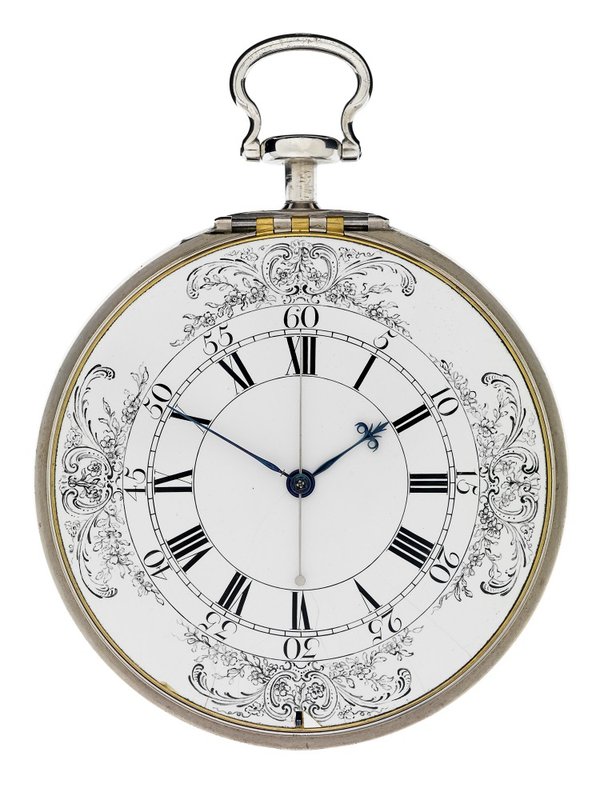
John Harrison (1693-1776), carpenter and clockmaker, born Foulby, West Yorkshire
Sailors measure latitude and longitude to identify their exact location so that they can find their way safely between different places. Latitude is the north-south position and longitude is the east-west position. Before John Harrison’s invention of this Marine Timekeeper, only latitude could be measured accurately. It saved countless lives at sea.
Image: John Harrison. Marine timekeeper, H4 © National Maritime Museum, Greenwich, London
Loaned by Royal Museums Greenwich
George Stubbs - Whistlejacket
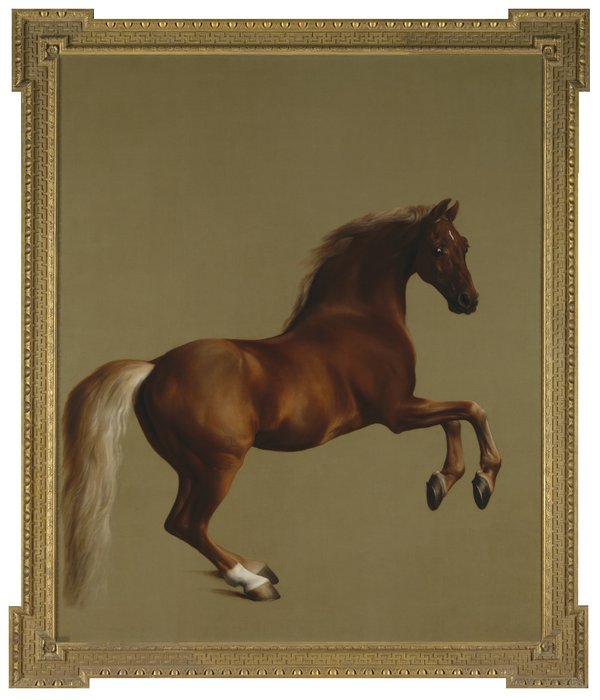
George Stubbs RA (1724-1806), artist, born Liverpool
Whistlejacket was foaled in 1749. His most famous victory was in a race over four miles for 2000 guineas at York in August 1759. Stubbs' huge picture was painted in about 1762 for the 2nd Marquess of Rockingham, Whistlejacket's owner and a great patron of Stubbs. According to some writers of the period the original intention was to commission an equestrian portrait of George III, but it is more likely that Stubbs always intended to show the horse alone rearing up against a neutral background.
Image: Whistlejacket. George Stubbs © The National Gallery, London. Bought with the support of the Heritage Lottery Fund, 1997
Loaned by The National Gallery
Replica of Sir George Cayley's Glider
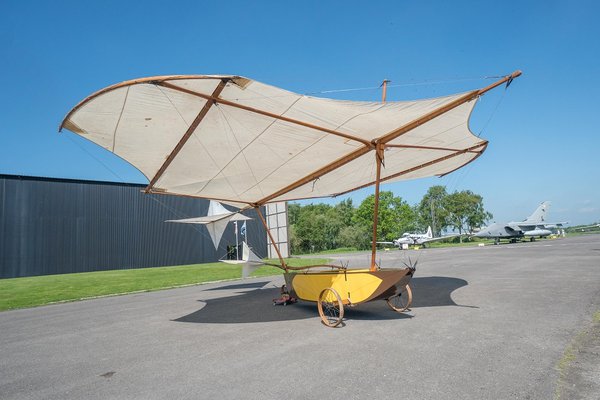
Sir George Cayley (1773-1857), engineer, inventor, aviator, born Scarborough
In 1849, Cayley made the first heavier-than-air flight in one of his flying machines at Brompton Vale near Scarborough. This was 54 years before the Wright brothers made their first powered flight in the USA. Cayley also produced early designs for combustion engines, spoked wheels, finned missiles and propellers.
Image: Replica of Sir George Cayley’s glider © Neill Watson/Yorkshire Air Museum
Loaned by the Yorkshire Air Museum
Dame Vivienne Westwood's Pirate Outfit
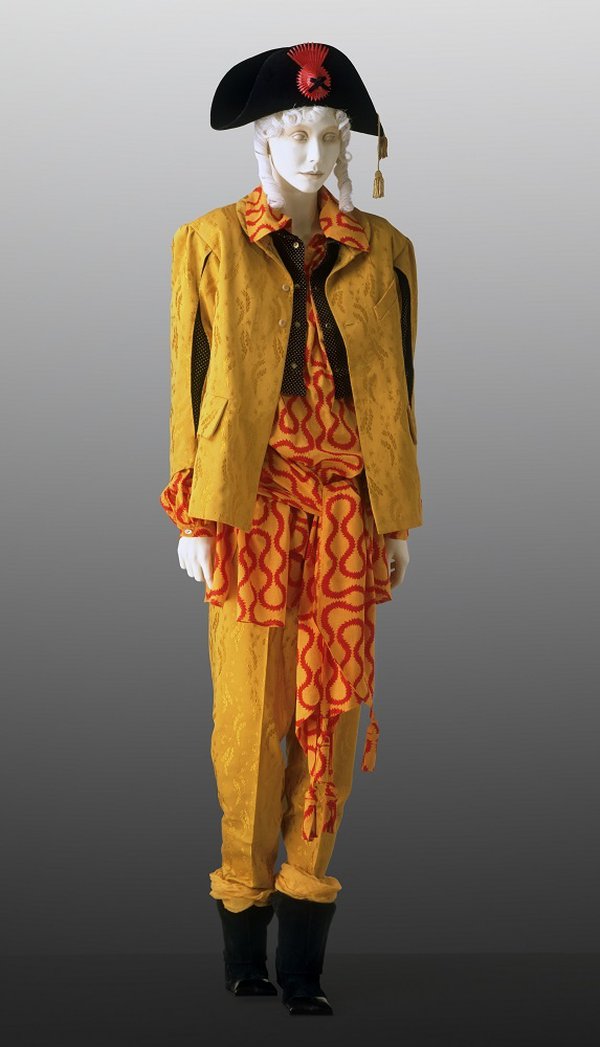
Dame Vivienne Westwood (1941- ), designer, born Tintwistle, Cheshire (now part of Derbyshire)
Dame Vivienne Westwood is perhaps best known as one of the pioneers of 1970s punk fashion. She moved into high fashion in the early 1980s and launched this pirate costume at her first catwalk show. Inspired by the clothes of highwaymen and pirates of the past, it became known as the 'New Romantic' look.
Image: Pirate Outfit, by Vivienne Westwood. London, UK, late 20th century © Vivienne Westwood Ltd. / Victoria and Albert Museum, London
Loaned by the V&A Museum
Captain Cook's Maori Paddle
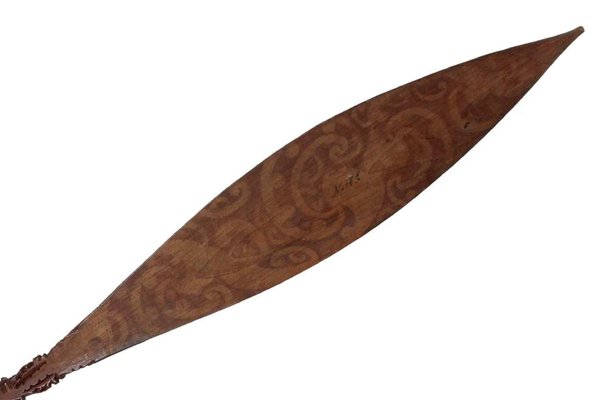
Captain James Cook (1728-1779), explorer, born Middlesbrough
James Cook is most famous for his three voyages of exploration to New Zealand, Australia and Hawaii made between 1768 and 1779. This wooden paddle was gifted to him by the Maori people on his first voyage aboard HMS Endeavour to New Zealand.
Image: Wooden paddle, late 1700s. NEWHM : C589 © Natural History Society of Northumbria
In the collection of the Natural History Society of Northumbria



